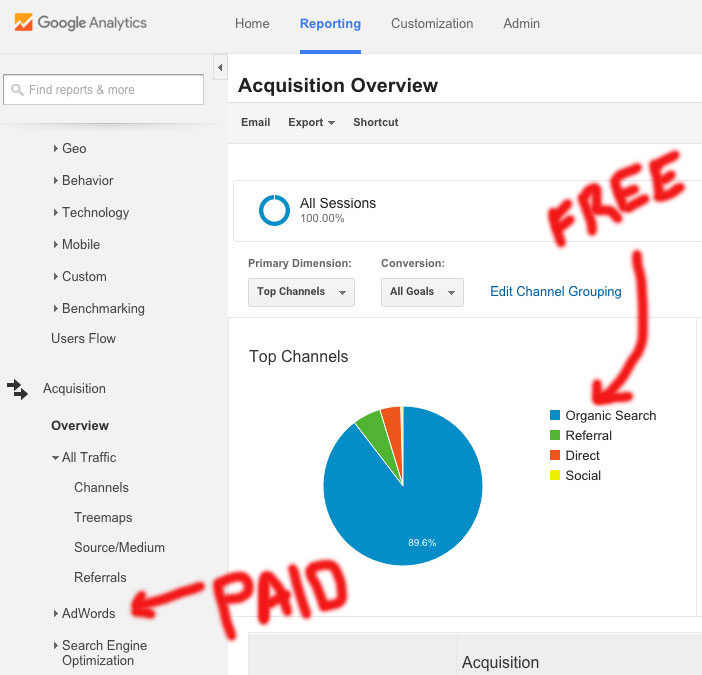Definition and Objectives of Growth Hacking
There are many definitions and interpretations of the actual meaning of Growth Hacking out there. Will use the definition according to Wikipedia :
“Growth Hacking is defined as a marketing technique developed by technology startups which use creativity, analytical thinking and social metrics to sell products and gain exposure.”

The objectives – to sell products and gain exposure are okay. However, the trouble lies with the word “marketing”. Why? true meaning of words are important. The correct definitions of marketing versus growth hacking should be :
marketing – activities that use own money to sell products and gain exposure
growth hacking – activities that use no or very little money from someone else to sell products and gain exposure. Yes! leverage and free ride!
Hence, the definition for growth hacking should be :
“Growth hacking is piggybacking on someone else's mind, product or service to enable wider distrbution on your own product or service without paying money”
Confusion over the choice of words that a business owner or executives use will cause the business to lose direction and money.
If you are a small startup with limited budget, you will want to focus your resources on growth hacking rather than expensive marketing campaign(unless you are well funded).
When you start with no money but with burning desire to see growth for your startup... automagically you will put your brain into thinking mode. The “low-cost” thinking mode is also known as growth hacking.
When you start with a war chest for marketing purpose. You will put your brain to think ... how should I advertise or how should I outsource the marketing activities to marketing agency.
Growth hacking focus on “non-paid/organic(free)” traffic. So, one of the metrics that you should look at in Google Analytics(for example) if you want to know whether your growth hacking activities are bringing in the result, is to study how your web site or application acquires traffic. The more organic(free) traffic the better.

Wait a minute! Ok to mix both marketing and growth hacking activities?
Yes, no one is stopping you. As long you remember that the long term objective is to grow your non-paid/organic(free) traffics over time … eclipsing the paid traffics brought in by marketing activities.
So this brings us to the new objective of growth hacking :
Apart from to sell product and gain exposure as objectives. The additional objective is make the non-paid/organic traffic graph higher or eclipse the paid traffic graph.

To sum it up :
Marketing and growth hacking are like water and oil. It should be clearly distinguished in order to allocate resources in your effort to sell more products and gain exposure for your brand. How much resources you want to put into marketing versus growth hacking effort will play a role in determining the type of growth pattern your website or app enjoys. Sustainable and growing versus non-sustainable and eating into revenue type.
Reference :
See also : What does ad blocking mean for startups ?
By AdamNg
IF you gain some knowledge or the information here solved your programming problem. Please consider donating to the less fortunate or some charities that you like. Apart from donation, planting trees, volunteering or reducing your carbon footprint will be great too.
Advertisement
Something interesting
Advertisement
Tutorials
+8.9k Golang : Convert octal value to string to deal with leading zero problem
+6.1k Web : How to see your website from different countries?
+23.9k Golang : Convert uint value to string type
+5k Golang : How to verify input is rune?
+18.9k Nginx + FastCGI + Go Setup.
+10.4k Golang : Byte format example
+10.6k Golang : How to detect a server/machine network interface capabilities?
+50.5k Golang : How to get time in milliseconds?
+12.9k Golang : Convert IP version 6 address to integer or decimal number
+7.8k Golang : Get final balance from bit coin address example
+20.4k Golang : Convert seconds to minutes and remainder seconds












